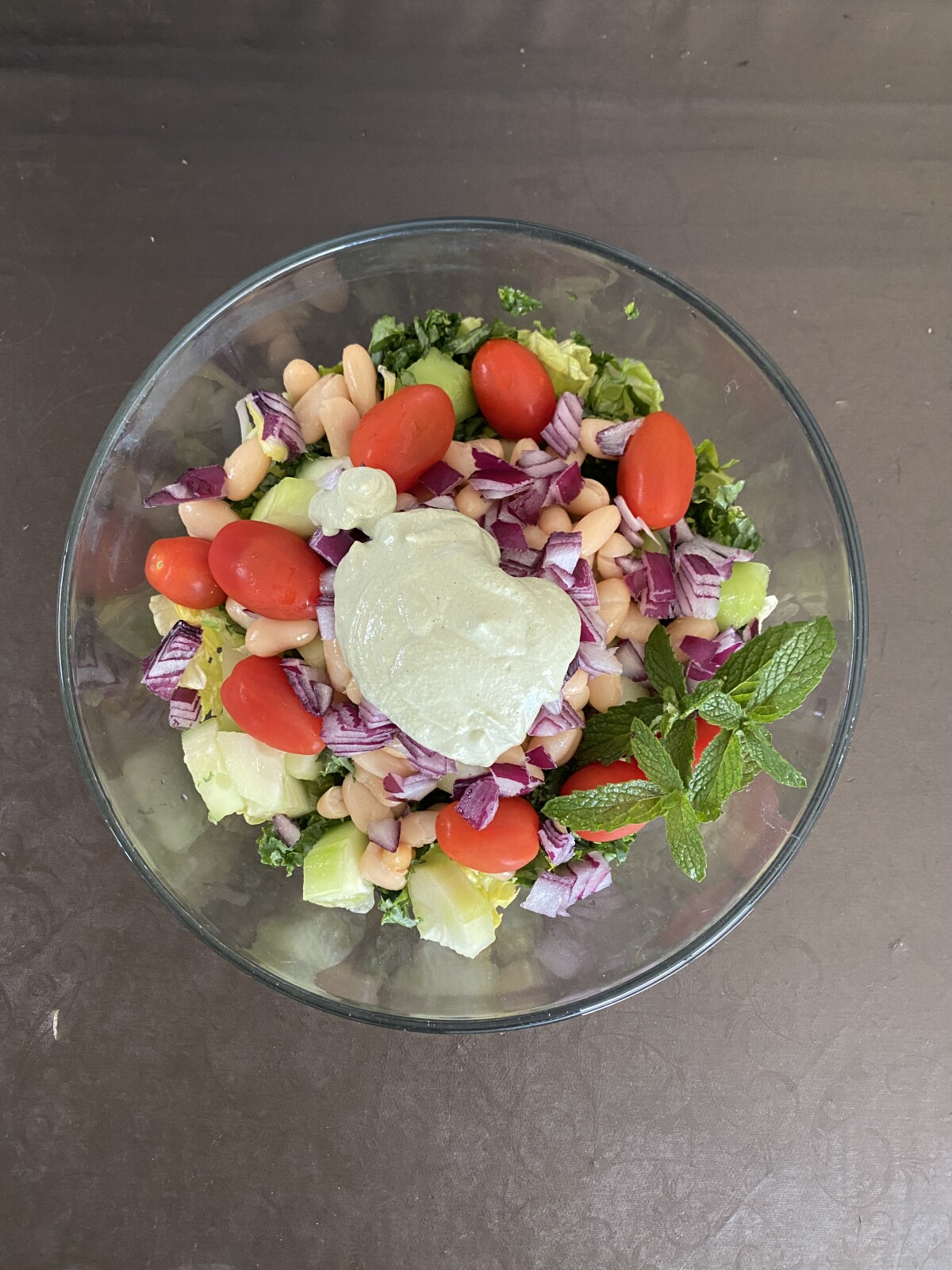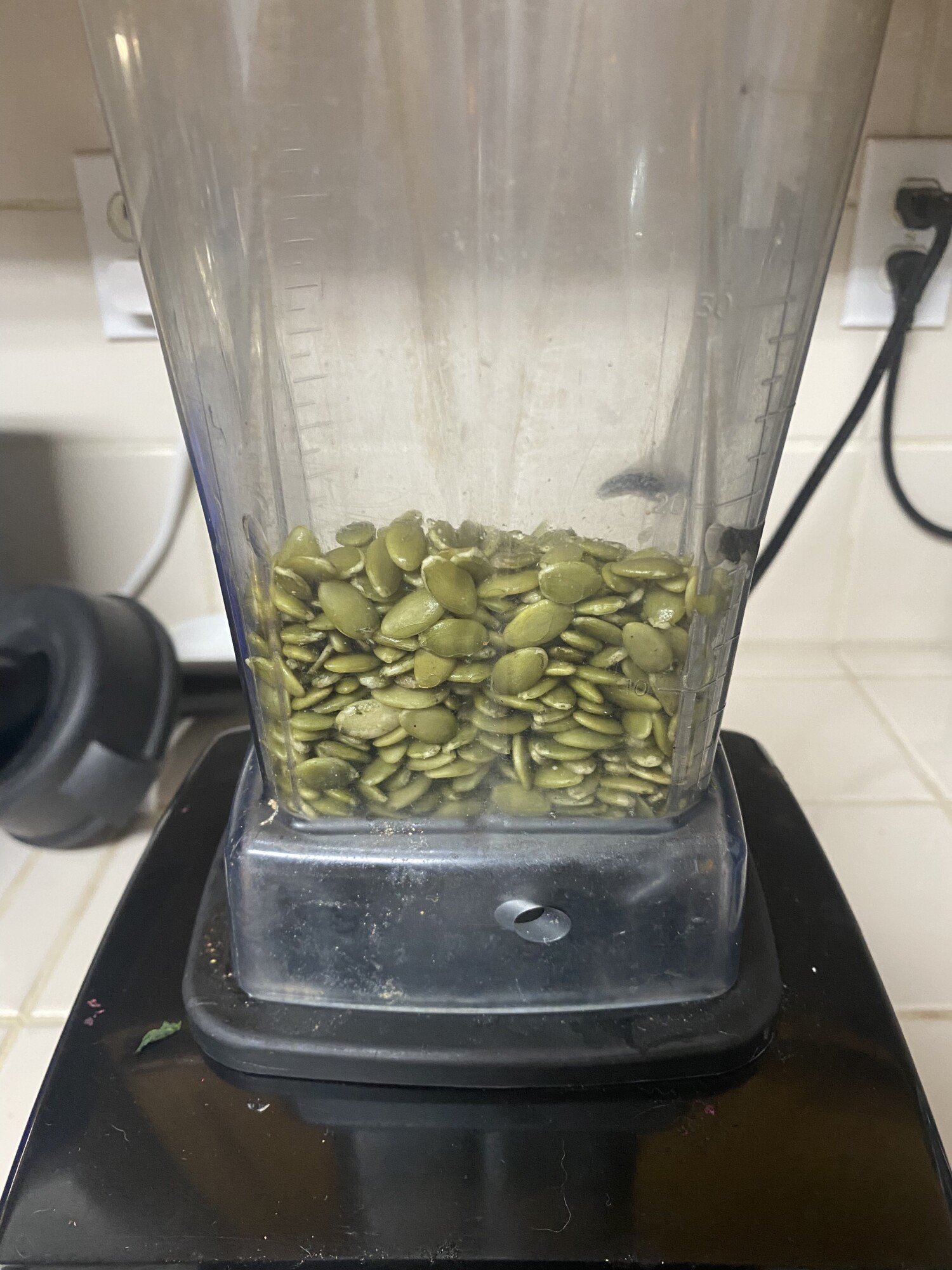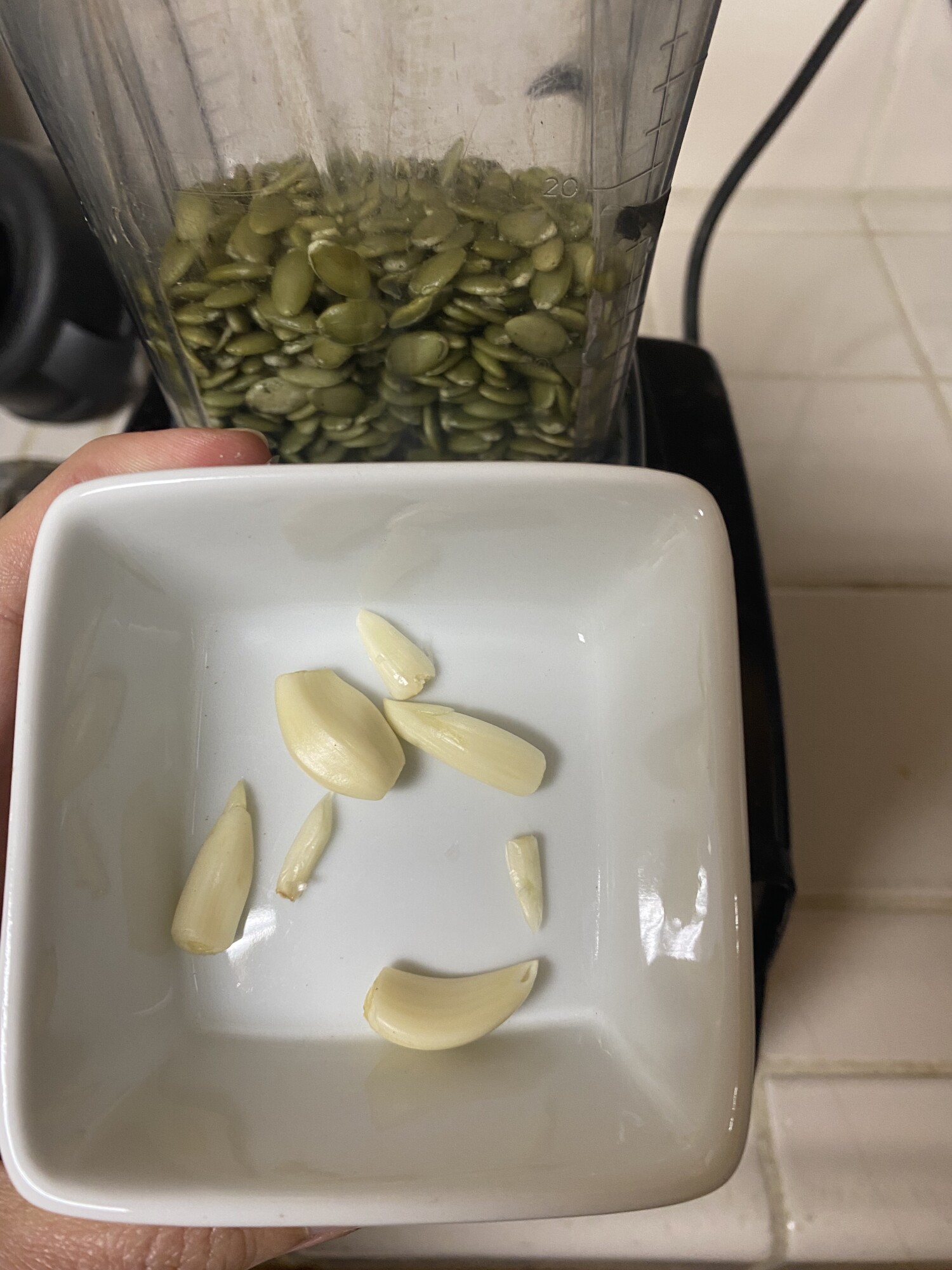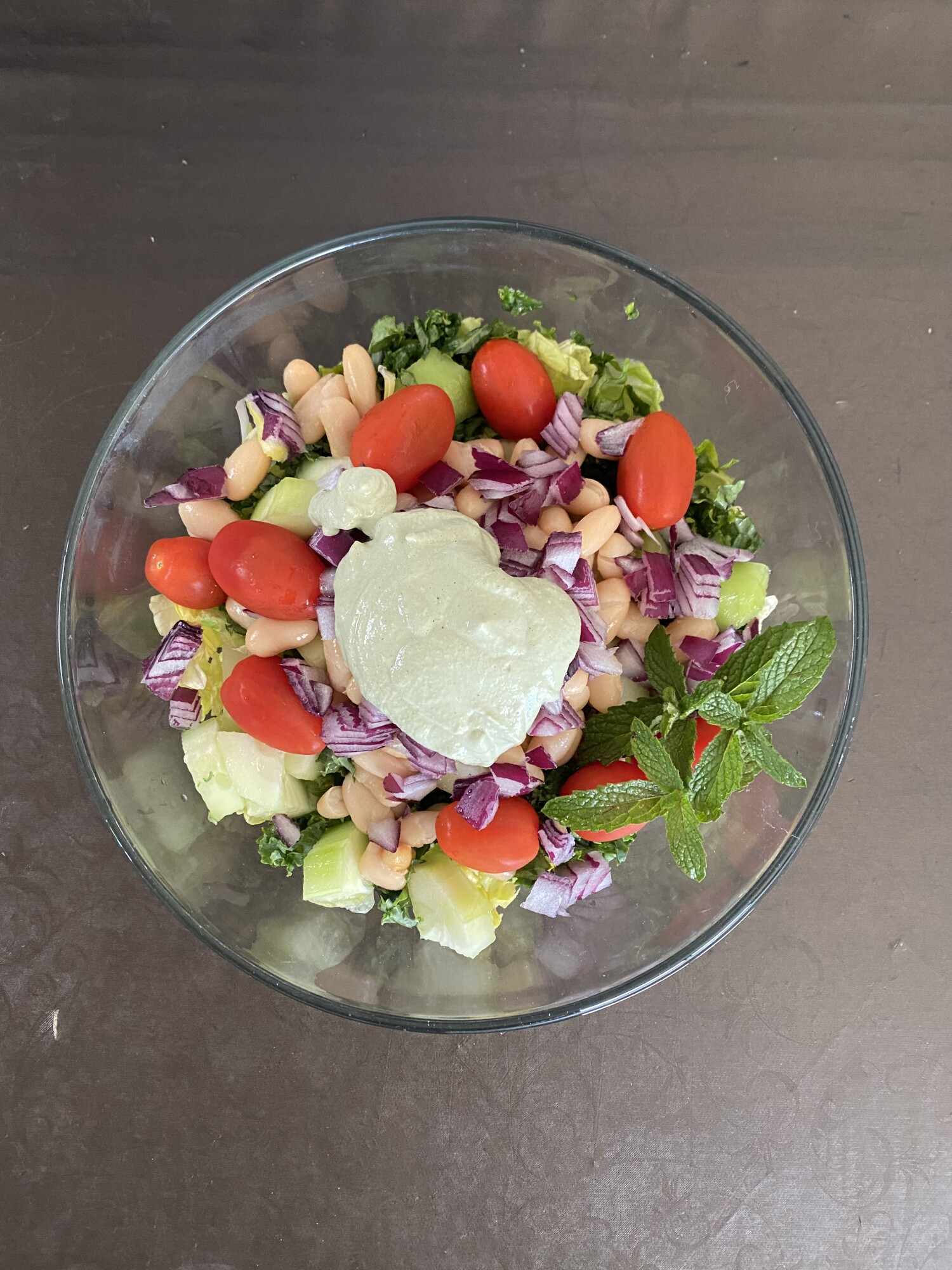
. . . Continued from Part 1
Cleanses are a great way to reset your body and give it the nutrients it needs to keep you feeling energized and healthy. However, one of the challenges of cleansing is that it can lead to detox symptoms like headaches, nausea, skin breakouts, fatigue, and more. No mom has time for that!! Fortunately, there are simple things you can do to support your body during a cleanse and reduce these uncomfortable symptoms. Read on for 6 more tips to help ease detox symptoms during a cleanse!
7. Exercise Regularly: Exercise is an important part of any good health routine—and during a cleanse it can be especially beneficial for helping move things along in your digestive system. Whether you prefer yoga or strength training, find something that works for you and just get moving! Even just going for a quick walk around the block can make all the difference when it comes to easing detox symptoms during a cleanse.
8. Get Plenty of Rest & Relaxation: Sleep plays an essential role in our overall well-being—and getting 7-8 hours of sleep as well as taking time to relax throughout the day are equally important when it comes to helping us stay healthy and balanced. When you are sleeping is your body's time to heal and repair, including getting rid of toxins. Make sure to carve out some time each day just for yourself so that you can rest and recharge to be ready for whatever comes along.
9. Eat Foods Rich in Fiber & Antioxidants: Eating foods rich in fiber and antioxidants will help keep your body running smoothly while supporting its natural detoxification processes. Try adding leafy greens such as spinach or kale into your diet as well as colorful fruits like berries which are packed with antioxidants that have natural anti-inflammatory properties. They also give you needed fiber to help support your digestion, which in turn aids in elimination of toxins. Here is my favorite antioxidant!
10. Dry Brush: Dry brushing is one of those simple yet powerful techniques that not many people know about yet it packs quite a punch when it comes to supporting our bodies during cleanses! This process involves using an all-natural bristled brush (preferably one made from plant fibers) before showering every morning in order to stimulate lymphatic drainage which supports better circulation throughout the entire body. This process has been known to help reduce overall inflammation as well as tone skin by encouraging new cell growth! It is well worth add these few minutes to your routine! I would encourage using this after your shower for maximum results.
11. Essential Oils: There are many ways to support your body with essential oils. Diffusing is fantastic while you sleep. Topical application is also supportive. There are several that are fantastic taken internally to aid in cleansing and detoxifying your system. These are my favorites. Essential oils can ease symptoms and help flush toxins out.
12. Focus on Positive Affirmations & Self Care: Last but not least, don’t forget about nourishing your mind as well! It’s easy to get overwhelmed by rigid schedules or strict guidelines when doing cleanses; however, focusing on positive affirmations such as “I am strong enough” or “My body knows exactly what it needs” can be incredibly powerful when facing challenging situations like this one. Take regular breaks throughout the day for self-care activities like journaling, meditation, deep breathing, aromatherapy, etc., so that you stay grounded and focused on what matters most—your wellbeing!
Cleansing is great way to reset your body but it doesn't come without its challenges; namely detox symptoms like headaches, nausea, skin breakouts etc.. With these 12 tips in mind - exercising regularly, getting sufficient rest & relaxation, eating foods rich in fiber & antioxidants, dry brushing, Using essential oils, and focusing on positive affirmations & self care - holistic moms everywhere will now have the tools they need at their disposal should they ever decide to embark upon a cleanse themselves! With these tools at hand there's no reason why anyone shouldn't be able to take full advantage of all that cleansing has to offer! Happy cleansing everyone!
My blogs contain some affiliate links.
Any purchase made is a blessing to my family at no extra cost to you!
Thank you for supporting us!


Cleansing your body can be a great way to reset your system and give yourself the opportunity to start fresh. But sometimes, when we’re cleansing, our bodies can go through some uncomfortable detox symptoms. And as a mom, you don't have time to feel sluggish, have a pounding headache, be stuck in the restroom with digestive issues, or or break out with skin issues. If you’re feeling a little worse for wear during your cleanse, here are 12 simple tips to help support and nurture your body during this time.
1. Drink More Water: Hydration is key when it comes to supporting your body through a cleanse. By drinking plenty of water throughout the day (at least half your bodyweight in ounces), you’ll help flush out toxins while also helping your organs function optimally. And if you’re feeling extra sluggish or bloated, adding some lemon or lime juice, or DiGize essential oil can further aid in digestion and detoxification.
2. Detox Baths: Relaxing in a detox bath is one of the best ways to support your body during a cleanse. Draw yourself a warm bath and add Epsom salts and baking soda to it (you can also add bentonite clay), which will help draw out toxins from the skin. Adding essential oils like lavender or bergamot will help relax the mind while you soak away all of that stress and tension.
3. Eat Fats: Cleansing can sometimes deplete our bodies of essential fatty acids, so it’s important to eat enough fats while on a cleanse. Foods like avocado, coconut oil, olives, nuts and seeds are all great options that contain healthy fats that can help keep us feeling energized and nourished. Flaxseed oil is especially beneficial because it helps reduce inflammation caused by toxic build-up in the body.
4. Sweat: Sweating is another great way to detoxify our bodies as it helps flush out toxins through our pores along with any excess water weight we may have been carrying around. Exercise is an effective way to break into a sweat but if you don’t feel up for intense physical activity then simply take some hot yoga classes or sit in an infrared sauna for 15-20 minutes each day—you’ll still reap the same benefits!
5. Go Outside: A few moments outside in nature every day can do wonders for our moods and overall wellbeing! Sunlight provides us with essential vitamin D which helps boost immunity and regulate hormones, allowing us to feel more balanced internally. Taking some deep breaths of fresh air also helps clear out any stagnant energy building up inside our systems while helping us stay grounded and connected with the earth beneath us.
6. Herbal Teas or Tinctures: One of the best things you can do when going through detox symptoms is sip on herbal teas throughout the day such as dandelion root, ginger, lemon, and peppermint— which help improve digestion and reduce inflammation in the body due to their high antioxidant content. Sipping on herbal teas also gives you something warm and comforting to enjoy during this time of cleansing without having too much caffeine or sugar intake which could potentially work against what you’re trying to accomplish here! Herbal tinctures can also support the bodies detox pathways. This is one of my favorites for supporting the kidneys and bladder.
When going through any sort of cleanse program, it's important that we take good care of ourselves so that we can come out on the other side feeling refreshed, renewed, and ready to tackle whatever life throws at us next! Utilizing these 6 tips will help keep your body supported throughout this process so that you can get back into balance faster than ever before! So don't forget--drinking more water, detox baths, eating healthy fats like flax seed oil, sweating regularly, getting outside for some fresh air and sunshine, as well as sipping herbal teas throughout the day--all these things together should set you up for success no matter what type of cleanse program you're doing now! Good luck! See Part 2 for 6 more tips!
My blogs contain some affiliate links.
Any purchase made is a blessing to my family at no extra cost to you!
Thank you for supporting us!


Cooking and eating healthy meals is all about finding the foods you love AND that are good for you! Don't we all crave foods that are flavorful and unique? Isn't it better to have a clean dressing that doesn't have a lot of unnecessary or unhealthy ingredients? What if you could make your own dressing that would not only be delicious but also offer a good source of protein? Enter Pepita Dressing! If you’re looking for a way to add some zest to your salads, this recipe may be just the thing.
What You'll Need
Making homemade Pepita Dressing is surprisingly simple, and the ingredients are probably already in your kitchen! All you really need are pepitas (pumpkin seeds), olive oil, lemon juice, fresh mint leaves, garlic, and pepper. If you don’t have fresh mint on hand, dried will do just fine. Once you have all the ingredients together, it’s time to get started!
Pepita Dressing Recipe:
1 cup Pepitas (pumpkin seeds)
1-3 garlic clove(s)
1/4 cup fresh mint/cilantro leaves
1-2 Tablespoon(s) olive oil (opt.)
2 -3 teaspoons lemon juice
1 drop cilantro vitality essential oil (opt.)
1 drop lemon vitality essential oil (opt.)
a few dashes of pepper
up to 1 cup water
The Steps
Start by soaking your pumpkin seeds in water for 2 hours (Do not skip this step!!). Then rinse thoroughly. Next put them into a blender (I recommend this one) along with olive oil and lemon juice. Blend until the mixture is smooth and creamy. Next, add the garlic, fresh mint/cilantro leaves, and a pinch of pepper to taste. Blend again until everything is fully incorporated. Add the water a little at a time until you get the desired texture. The final step is to transfer your homemade Pepita Dressing into an airtight container such as a Mason jar so that it can be stored in the refrigerator for up to one week.




There you have it—your very own homemade Pepita Dressing! It's easy enough for any home chef to whip up in no time flat and adds an extra layer of flavor to salads without being overly heavy or greasy like some store-bought dressings can be. Plus, pumpkins seeds are full of vitamins and minerals such as magnesium, zinc, iron, phosphorus, potassium - making this dressing perfect for holistic moms who want their families to eat healthy without sacrificing on flavor! So grab those ingredients from your pantry and get ready for some serious flavor-bombing! Enjoy!
My blogs contain some affiliate links.
Any purchase made is a blessing to my family at no extra cost to you!
Thank you for supporting us!


As a busy mom, you want to make sure your family is eating healthy and nutritious meals. But you’re also short on time. So how can you make something delicious and healthy without spending hours in the kitchen? Our millet falafel recipe has got you covered! It’s packed with protein, easy to make, and ready in no time. Let’s dive right into the details!
What You Need
For our millet falafel recipe, here are the ingredients that you will need:
4 cups cooked millet, chickpeas*, or cannellini beans (or 2 cups millet + 2 cups chickpeas or cannellini beans)
1 cup parsley
1/2 cup cilantro
1/2 cup dill
3 cloves garlic
1/2 cup red onion
1/4 cup fresh lemon juice
1 teaspoon baking powder
1 teaspoon ground cumin
1 teaspoon coriander
1/8 teaspoon cayenne pepper
Salt and pepper to taste
For the baking sheet: 1/8-1/4 c olive oil
Pita bread or lettuce leaves for serving
Serve with cucumber, red onion, tomato, dark green leafy lettuce, Kalamata olives, bell peppers.
Hummus, Tahini Sauce, Tzatziki Sauce
*Raw and soaked overnight
How to Make It
Making millet falafel is a breeze!
First cook the millet. This can be made ahead of time and refrigerated for up to a week. I like to make the millet the day before so it is chilled, and if I am adding chickpeas, I start them soaking at the same time.
1 cup uncooked millet
3 cups water
Pour millet into boiling water and simmer for 25 minutes
Then place herbs, chunked onion, and lemon juice in a food processor. Blend well. Add the rest of the ingredients, except for the olive oil, into the food processor. Pulse until everything is combined but still slightly chunky. If it appears too dry, add up to 1/4 cup of water(if needed) a little at a time until it forms a thick paste. Then scoop out tablespoonfuls of mixture and shape them into small balls or patties. Oil a baking sheet and bake at 350 degrees for 30 minutes, flipping them at 15 minutes. Serve with pita bread or lettuce leaves if desired and enjoy!
There you have it – an easy, tasty millet falafel recipe that takes only minutes to prepare. With this dish, you get all the benefits of protein from the millet plus extra flavor from added herbs and spices. Plus it’s vegan so everyone can enjoy it! For busy moms who want to provide their families with healthy meals without sacrificing time in the kitchen, this is definitely a winner. Enjoy!
My blogs contain some affiliate links.
Any purchase made is a blessing to my family at no extra cost to you!
Thank you for supporting us!


Beans are packed with nutrition and are a great source of fiber, protein, resistant starch, and antioxidants. However, beans also contain lectins – proteins that can be difficult for your body to digest. But don’t worry! With the right preparation techniques, you can unlock the power of beans by removing lectins and making them easier to digest. Let’s explore how this works.
What Are Lectins?
Lectins are proteins found in many foods (not just beans), including grains and legumes. They have been linked to some digestive issues, such as gas or bloating. This is why it’s important to understand how to prepare your beans properly so they are safe and easy to digest.
Soaking & Cooking Your Beans Correctly
The best way to reduce lectin content in beans is by soaking them overnight before cooking them (24 hours is even better). Soaking can reduce up to 50-90% of the lectin content. Make sure you discard the soaking water several times during the process since it may contain toxins from the bean skins and other debris that have been released during soaking. After draining your soaked beans, rinse them thoroughly before adding fresh water to boil for about 3 hours or until they become tender but not mushy. This will help ensure your beans come out perfectly cooked every time!
Other Ways To Reduce Lectin Content
In addition to soaking and cooking correctly, there are a few other ways you can reduce the lectin content in your beans:
1) Buy organic whenever possible – conventionally grown legumes tend to have higher levels of pesticides which may increase their lectin content;
2) Avoid canned varieties since they tend to contain a lot more additives;
3) Use pressure cookers – this method has been shown to significantly reduce lectins in food;
4) Add spices like cumin, turmeric, ginger or garlic during cooking as these herbs may help break down some of the lectins in food;
5) Always cook your legumes well – undercooking them may leave more active lectins in them which could be detrimental for those with sensitivities;
6) Scoop off any foam that forms on top of cooked legumes as this could be an indication that there are still active lectins present in the food.
Eating beans can be a nutritious addition to any diet if prepared correctly. By following these simple steps on how to soak and cook your legumes properly, you can reduce their lectin content while still enjoying all the health benefits they offer! Holistic moms who want healthier options for themselves and their families should consider adding this nutrient-dense superfood into their diets today! Try experimenting with different types of recipes featuring legumes such as soups, stews or salads - you will be glad you did!
My blogs contain some affiliate links.
Any purchase made is a blessing to my family at no extra cost to you!
Thank you for supporting us!



